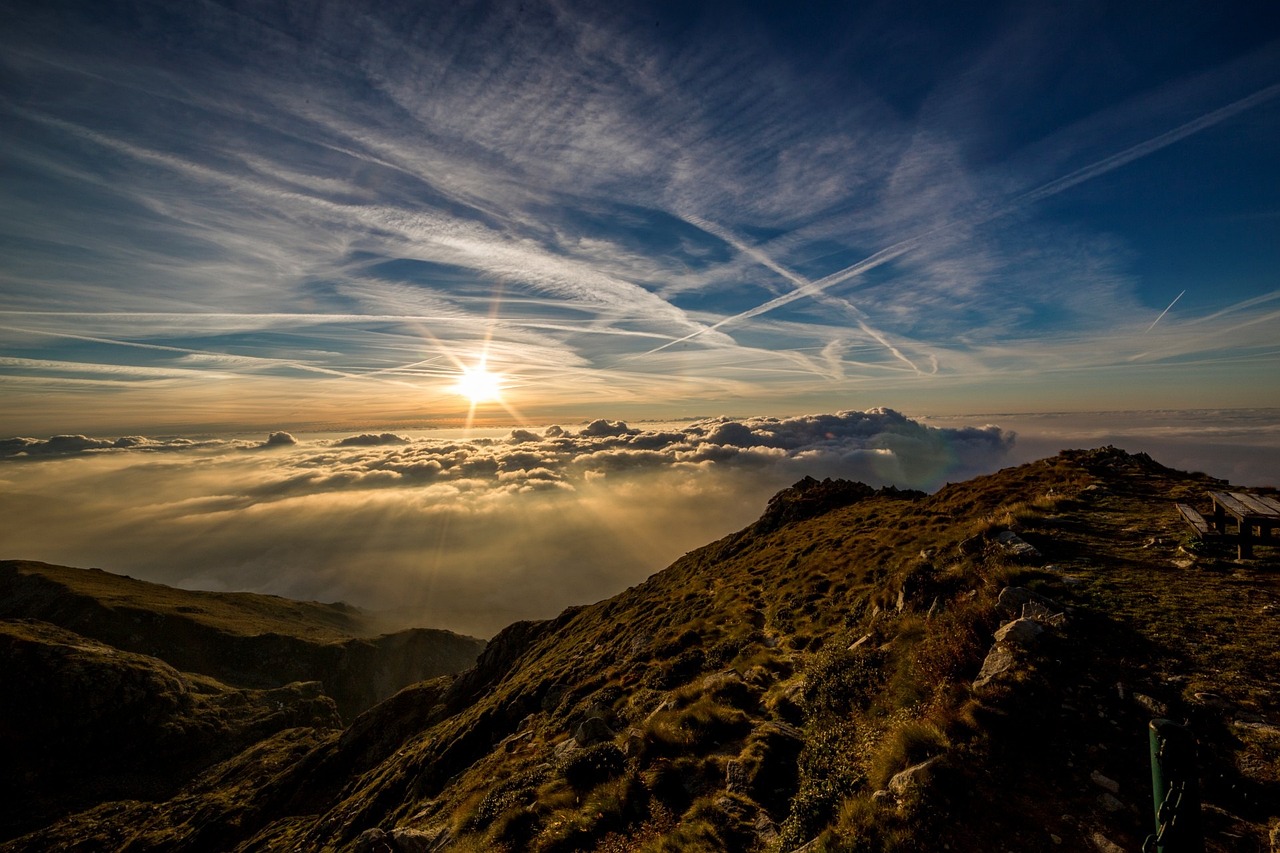As climate change pushes warmer temperatures higher up mountains around the world, alpine species will struggle to move fast enough to stay in their ideal climate conditions.
A new international study reveals that bands of temperature are rising vertically by up to 12 metres per year in some mountain regions, putting local species at risk of extinction.
The SMC asked local experts to comment on how these findings might apply to a New Zealand context.
Professor Crid Fraser, Department of Marine Science, University of Otago, comments:
“As the global climate warms, bands of temperatures (isotherms) shift uphill, and plants and animals try to track them – so, for example, if there’s an insect that really likes living where the average temperature is 12C, as the climate warms and the 12C isotherm shifts higher, the insect is likely to try to follow it (but will need its food and habitat to be doing the same, if it is to survive).
“The researchers compared the speed of the temperature changes on many mountains around the world with the speed at which plants and animals seem able to travel to track them, and found that in many places, temperatures on mountains are rising faster than many species can move. They also point out that these challenges are made worse by the fact that as you travel up a mountain, there is less space available (mountains are pointy!), so competition between species for space will become more intense.
“They noted that the speed of change is faster in drier climates than in moist climates, so in that sense New Zealand is perhaps slightly better off than some other places, but we can certainly expect to see changes in where species occur on mountains in the near future (in fact species are already on the move!), and if the speeds of change in temperature is faster than some species (especially things like plants) are able to shift their distributions, we might need to think about proactively helping them move to where they’ll be able to survive.”
Conflicts of interest: None
Dr Angela (Ang) McGaughran, Senior Lecturer & Principal Investigator of the Invasomics Lab, University of Waikato, comments:
“Recent research from Chan et al. focuses on the ‘move’ option, using satellite data and thermodynamic theory to identify mountain regions that are expected to undergo major (up to 11m per year) shifts in temperature change over space – what the authors term ‘vertical isotherm shift velocities’. Comparing these velocities to the ability of species to relocate, the authors found that many alpine species are unlikely to be able to move fast enough to keep pace with predicted temperature shifts – even under less extreme climate-change models.
“Aotearoa New Zealand is home to unique alpine species. While the study reports lower effects for Southern versus Northern Hemisphere mountain ranges, our mountain ecosystems are especially vulnerable to the impacts of climate change, and invasive species will work together with rising temperatures to fill the spaces that native species could otherwise move into. The work of Chan et al. indicates that we might need to focus more of our risk assessment and conservation efforts towards alpine regions.”
Conflicts of interest: None
